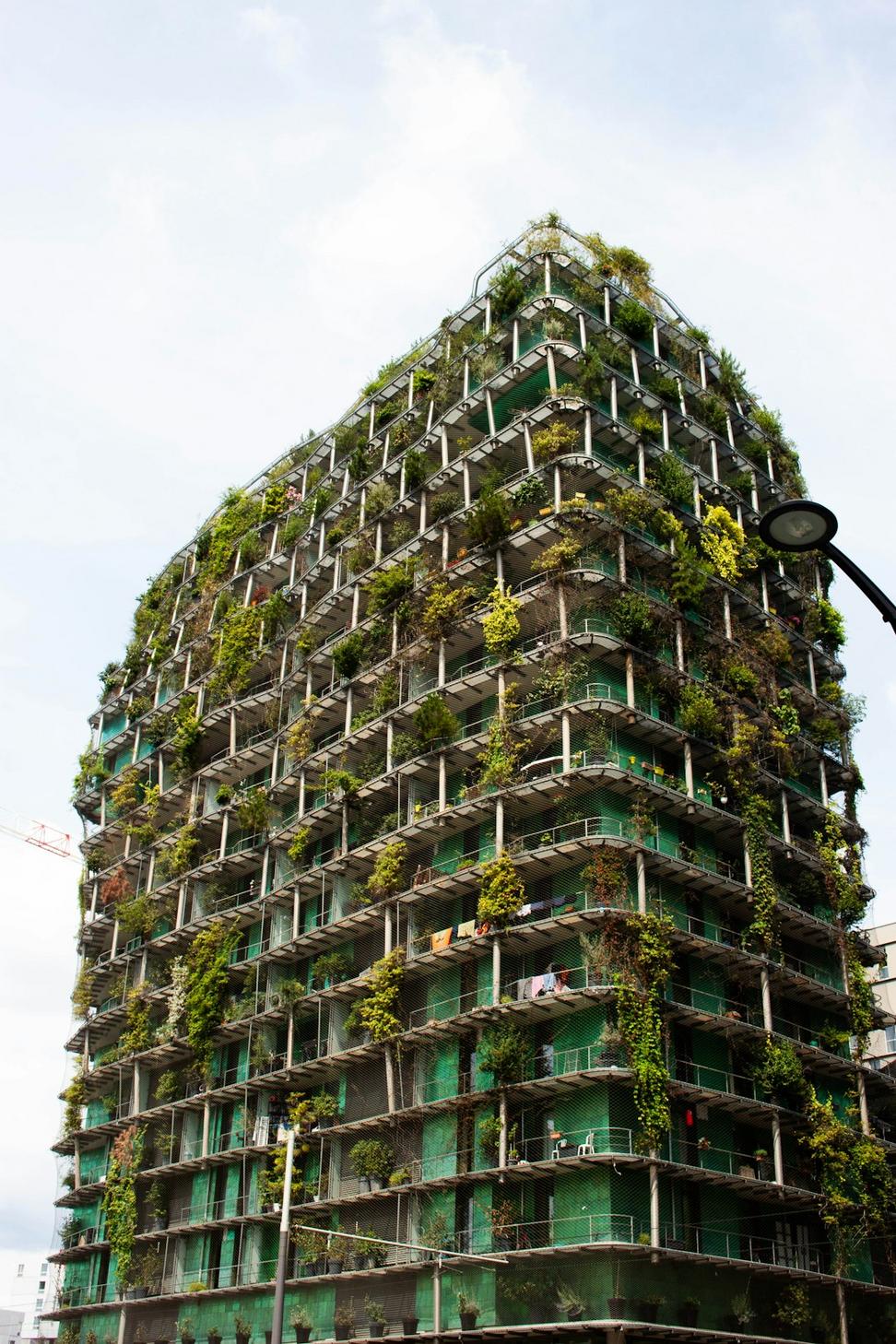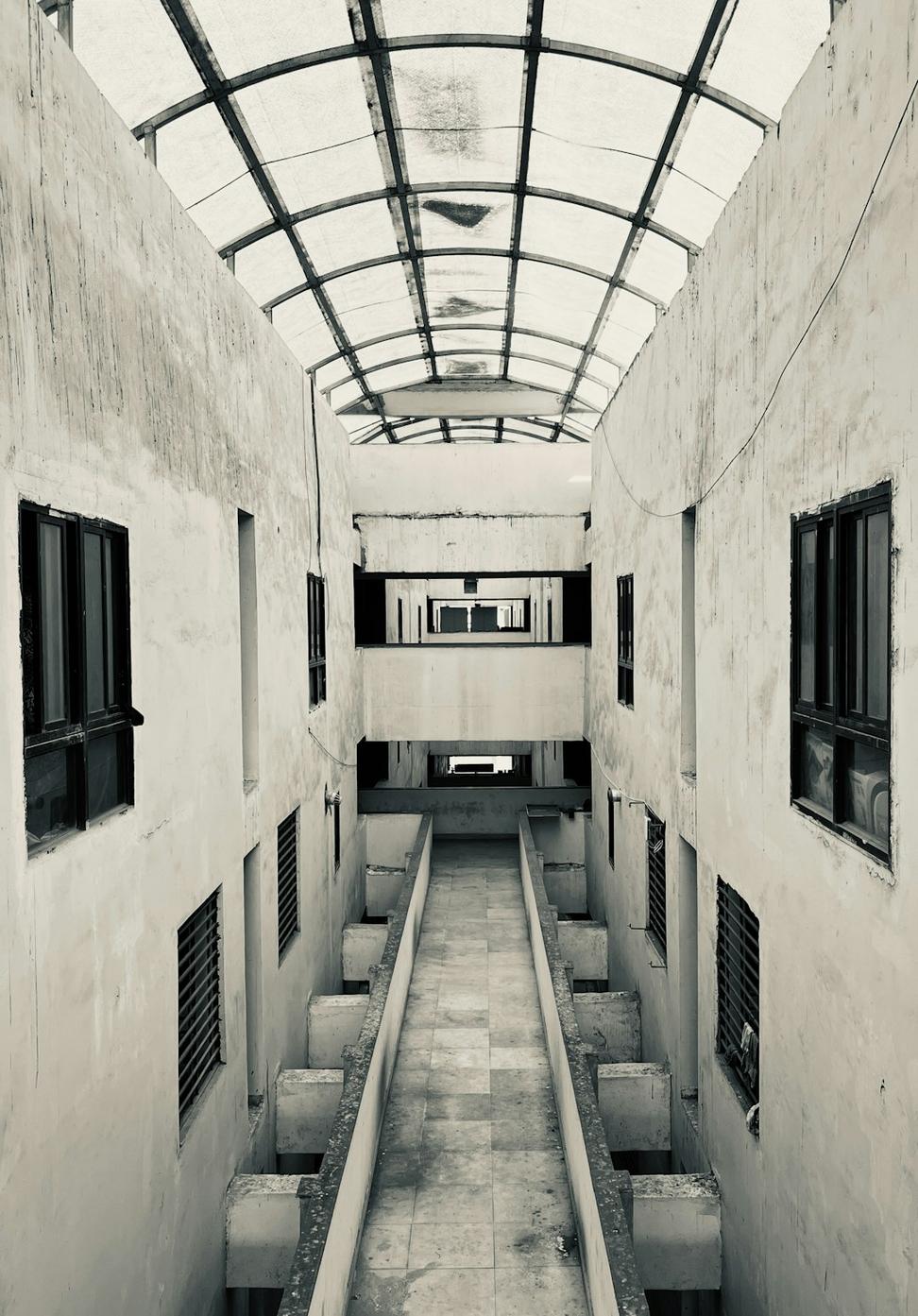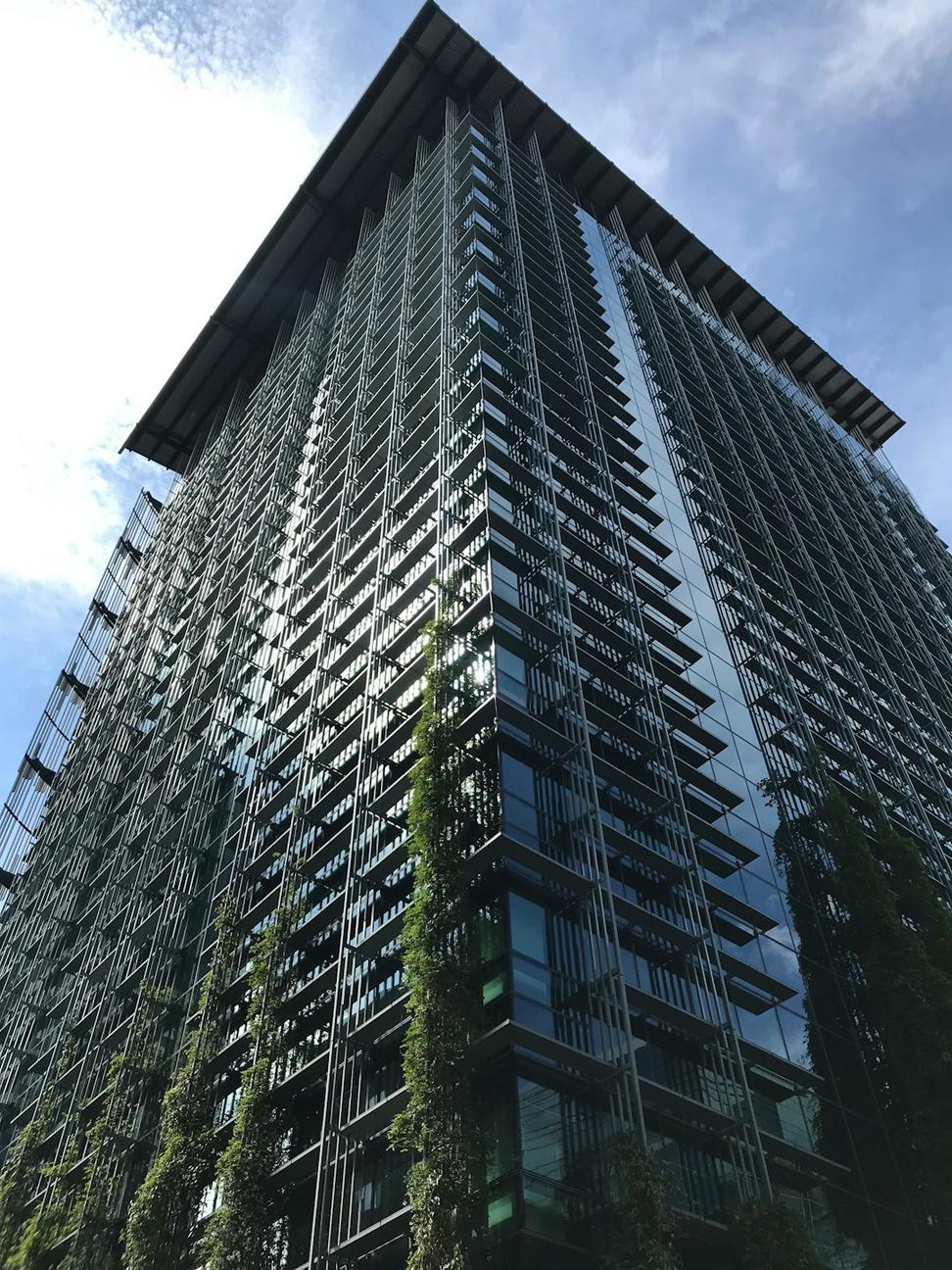Our Credentials & Commitments
Look, anyone can claim they're "green" these days. We've got the paperwork to back it up, plus we're constantly pushing for more.

LEED Accredited Professional
We've got multiple team members with LEED AP credentials. It's not just a logo on our website - these certifications mean we understand the science behind energy-efficient buildings and can navigate the complexities of green building systems.
Passive House Designer
This one's tough to get, honestly. Passive House standards are ridiculously strict, but that's what makes 'em work. We've completed the training and built several projects that meet these ultra-low energy requirements.
Built Green Canada
Local matters. Built Green focuses on what works specifically in Canadian climates, and we're proud members who've delivered Gold and Platinum-rated homes right here in BC.

